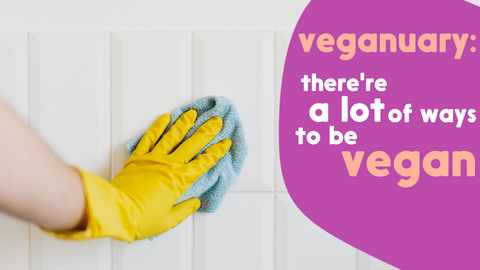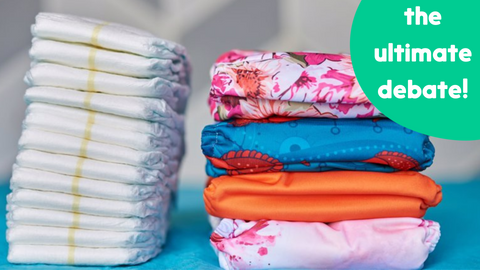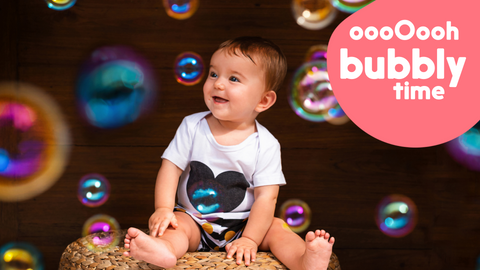With Veganuary in full swing, the team here at Nimble Babies has been receiving lots of questions from our lovely customers about our products and other brands. We’re huge advocates of living a plant-based lifestyle, and there are many ways you can do that beyond what your daily diet consists of. More often, the challenge of Veganuary goes far beyond the kitchen— or at least the fridge!
This week we’re looking at cleaning products, discussing why aren’t all cleaning products vegan, and offering some tips on what ingredients to look out for when you’re buying cleaning products.
Why do we use plant-based ingredients?
Nimble was born after our founder, Von, realised that most of the cleaning products available on the market were filled with harsh chemicals.
Having just become an uncle, the idea of using these products around his niece filled Von with fear! The rest, as they say, is history, but it’s worth repeating.
Nimble uses plant-based ingredients because they are kinder than harsh chemicals for delicate skin (ours and the babies) and the environment! We’re still on a mission to create more gentle yet powerful cleaning products, and we’re fiercely proud of all that we’ve achieved so far.
We simply do not need harsh chemicals that will irritate the skin and later get washed away into our oceans and rivers!
So, why aren’t all cleaning products vegan?
First, we need to answer what makes a cleaning product vegan, to begin with. Reading and understanding product labels are essential, especially when you’re looking to live a plant-based lifestyle. Read our post from last year on reading cleaning product labels for more information.
So what is it that makes a cleaning product unsuitable for Veganuary?
Look out for ingredients such as: Caprylic Acid (an oily liquid found in milk), Tallow (beef or marrowfat), Animal Lecithin, Beeswax, and Lanolin (derived from sheep’s wool).
Not only can you keep an eye out for specific ingredients, but you can check what your brush bristles are made from— are they made using animal hair?
Furthermore, always look for the Leaping Bunny logo. It’s worth mentioning that not all vegan brands will have this certification, so you still need to read the ingredients labels to be sure! Look for any sign of “cruelty-free” or “never testeon animals” (like what we have on our bottles). It’s also a good idea to note any ingredient names that you don’t recognise and do a quick google search on them. Sometimes they’re listed using chemical-derived titles, which can be misleading.

So why are these ingredients used in cleaning products?
Sadly, animal-derived ingredients and harsh chemicals tend to be cheaper to use and easier to manufacture; therefore, brands will continue to use them to produce a competitively priced product. The fact is, for as long as consumers continue to buy these products, they will continue to be made. Unless we all make a change, now.
The Veganuary campaign is such an excellent place to start, not only for the foods we eat but also for the products we use in and around the home.
So, who’s going the whole way this year and turning towards an entirely plant-based lifestyle in 2022?
Let us know in the comments!









